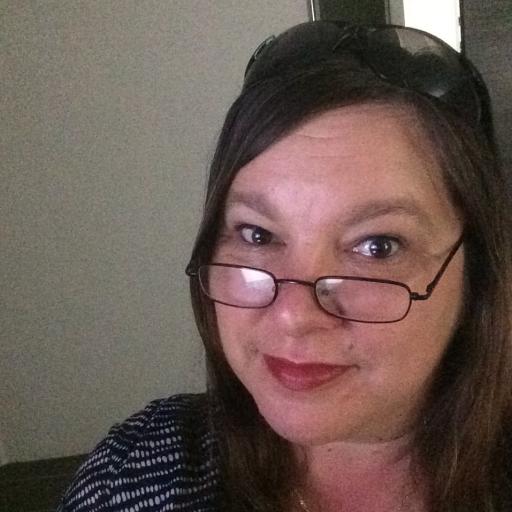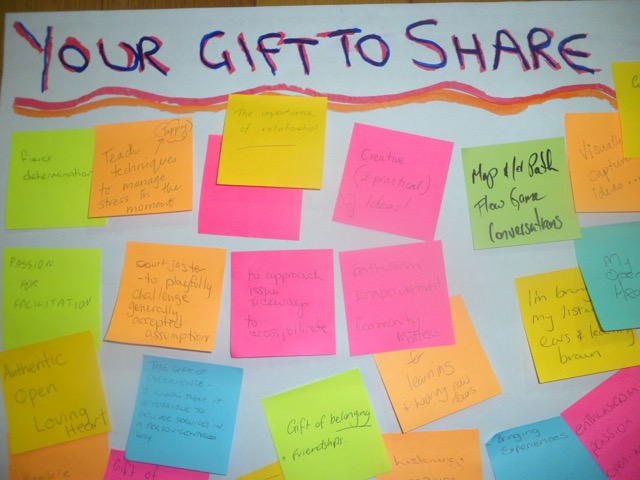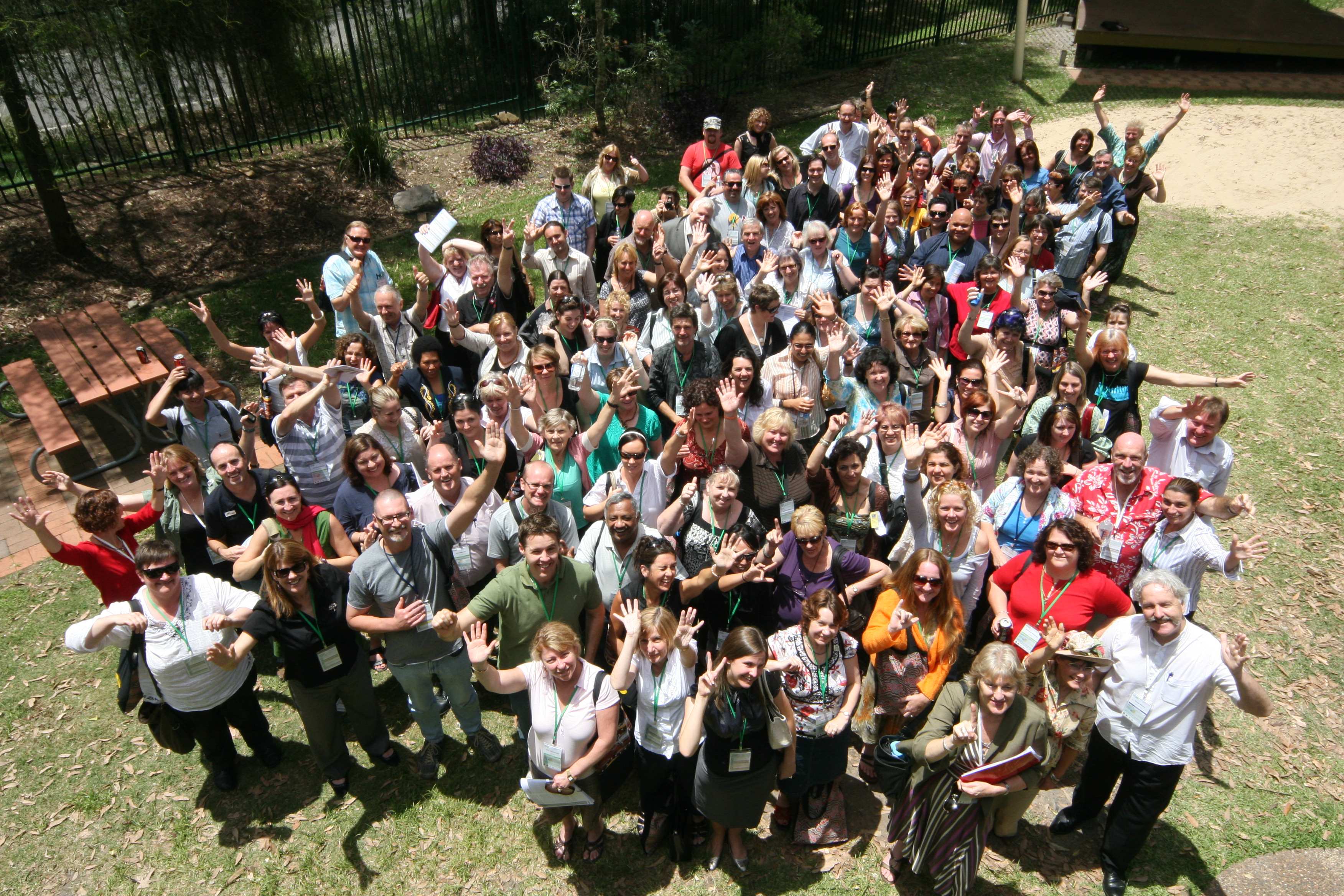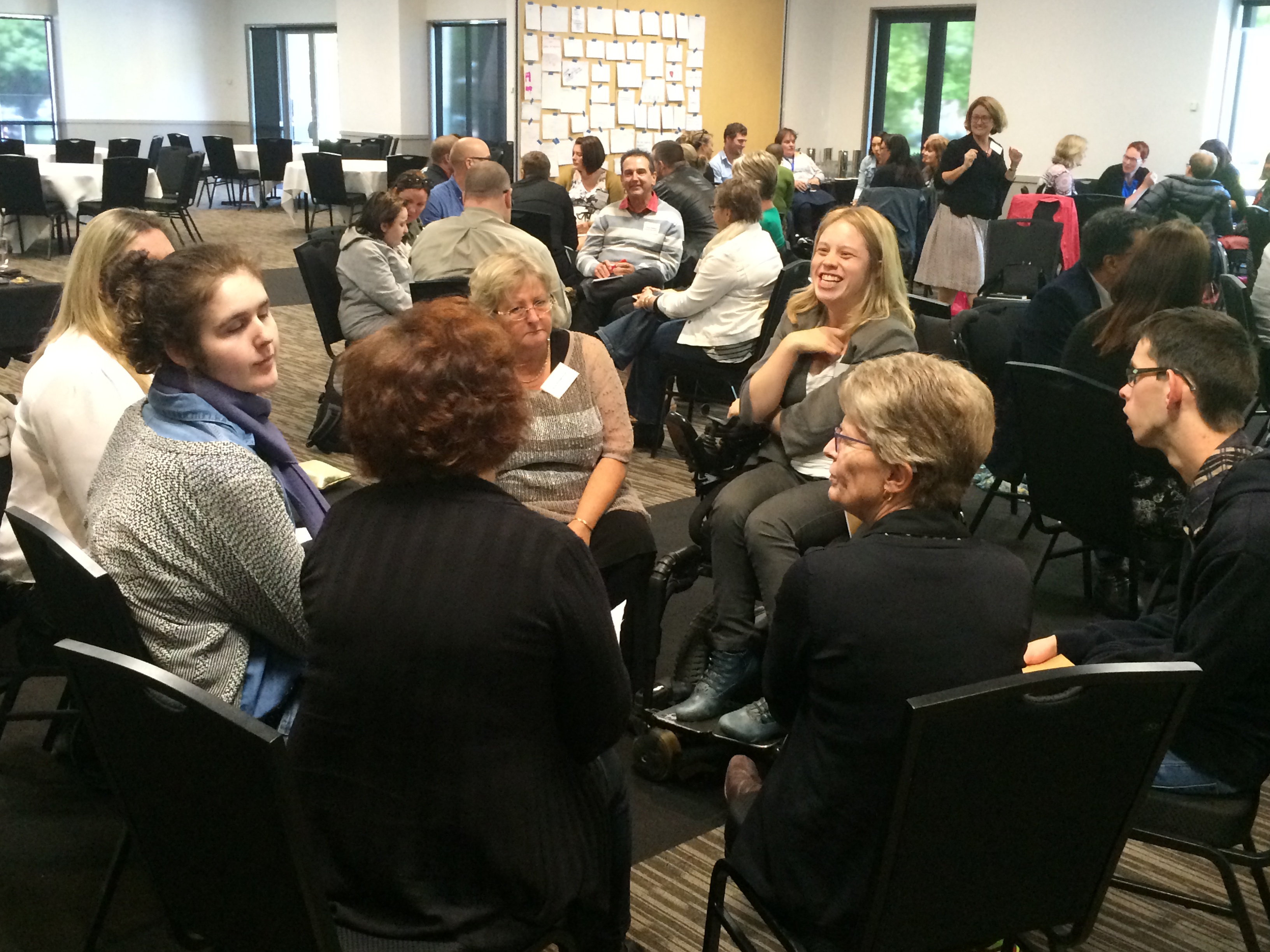 http://jeder.com.au/wp-content/uploads/2016/06/2014-09-11-17.59.54-150x150.jpeg 150x" sizes="(max-width: 240px) 100vw, 240px" />
http://jeder.com.au/wp-content/uploads/2016/06/2014-09-11-17.59.54-150x150.jpeg 150x" sizes="(max-width: 240px) 100vw, 240px" />
ABCD&Art of Hosting:productive and powerful together!
By Dee Brooks
Theres a key area of ABCD community building and/or asset mapping which I emphasise strongly in workshops and its one of the powerful, blended areas between ABCD and Art of Hosting work which helps with turning ideas into actions!
InConnect! Dont Collect: The Art of Community Mapping, we looked at the 3 key steps of asset mapping:
- Discover the assets
- Join the assets together
- Create opportunitiesfor these assets to beproductive and powerful together
Discovery:ABCDoffers a way for communities to discover their untapped resources, uncover individual talents, skills and abilities and link to organisational or service supports. Its the discovery of these often hidden treasures that gets people super excited and keen to move forward looking through the glass half full lens!
Join the assets together:ABCDoffers frameworks to discover shared talents and skills, where can they be joined together in a physical environment and what (if anything) can organisations or services offer to strengthen what communities are already doing? New ideas emerge from reciprocal community conversations and practitioners, by building community capacity, lead by stepping back!
Create opportunities:Opportunities create more opportunities! Through theArt of Hostings participatory leadership practices and processes, the new ideas, which are emerging, can take concrete shape. The following are some, but by no means all, of the practices which community members can learn how to facilitate, self-direct and support each other in moving forward:
Circle Practiceis the basic form underlining all other forms of participatory process. In every type of organization or group, we meet in circles (even if they are around a boardroom table) to plan for the future, handle crisis, and listen to each other.Meeting in circle can be especially helpful when getting to know each other and the issue at hand, or as a means for deep reflection or consensus making.
World Cafis a facilitated dialogue process for anywhere from 10 to 1000 people and imitates a caf setting where small groups (4-6 people per group) are in conversation about an issue to find out what a community is thinking and feeling about a topic.
Open Space Technologyis a powerful tool for engaging large groups of people in discussions to explore particular questions or issues. It can be used with groups from anything between 10 and 1,000 people.Convened around a calling question, the space is opened for anyone to pose a session topic. Over the course of the meeting, people are free to choose which session(s) they most want to attend, bringing maximum enthusiasm and commitment for conversation and action. Personal buy-in and committed action can be achieved in a remarkably short time.
Theory Uis a framework (or way) to understand and design social change. Its an approach that focuses as much on the inner condition of participants as the outer work of changing systems and culture.Theory U can be useful for building community, finding fresh solutions and redesigning service approaches.
 http://jeder.com.au/wp-content/uploads/2016/06/combo-300x60.png 300x, http://jeder.com.au/wp-content/uploads/2016/06/combo-300x60@2x.png 600x" sizes="(max-width: 611px) 100vw, 611px" />
http://jeder.com.au/wp-content/uploads/2016/06/combo-300x60.png 300x, http://jeder.com.au/wp-content/uploads/2016/06/combo-300x60@2x.png 600x" sizes="(max-width: 611px) 100vw, 611px" />
By creating the opportunity for people to engage with each other around conversations that matter, combined with the identification of the myriad of community strengths and assets, powerful engagement and productive work can thrive ascommunities discover; their own potential to address local challenges, their ability to learn from shared successes and their unique power when tapped into their collective wisdom!
If you would like to join us for some Art Of Hosting Training please registerhere











